
Do you have a question about the Rheem 30 Gallon and is the answer not in the manual?
| Voltage | 240V |
|---|---|
| Wattage | 4500W |
| Brand | Rheem |
| Capacity | 30 Gallon |
| Type | Electric |
| Warranty | 6 years |
Crucial warnings about fire, explosion, injury, and death from improper use or installation.
Immediate steps to take if a gas leak is detected, including evacuation and contacting authorities.
Emphasizes reading the manual for hints, maintenance, and troubleshooting to save time and money.
Highlights the importance of safety messages and symbols like DANGER, WARNING, and CAUTION.
Critical warning about improper draft hood installation and venting leading to fire, explosion, or asphyxiation.
Warning against storing or using flammable liquids near the water heater due to fire and explosion hazards.
Warning that water over 125°F can cause severe burns or death from scalding, especially for vulnerable groups.
Provides a chart showing time to produce a serious burn at different water temperatures.
Information on gas odorants, potential fade, and safety precautions for detecting gas leaks.
Steps to follow if a gas leak is suspected, including evacuation and contacting gas suppliers or fire department.
Details California law requiring bracing and anchoring of residential water heaters for earthquake resistance.
General safety advice including locating shut-off valves, reading the manual, and proper use.
Guidelines for selecting a water heater location to prevent water damage and ensure proper drainage.
Specifies minimum clearances from combustible construction for alcove and closet installations.
Requirements for adequate air supply for combustion and ventilation, including opening sizes and placement.
Warns against installing the heater in environments with halogenated hydrocarbons that can corrode the appliance.
Explains thermal expansion in closed water systems and the need for expansion tanks.
Details on connecting hot and cold water lines, including shut-off valves and unions.
Specifies requirements for the temperature and pressure relief valve and its discharge line.
Instructions on how to properly fill the water heater tank before operation.
Explains condensation formation and sounds during initial heating or heavy water draw.
Details on gas supply line materials, shut-off valves, connectors, and pressure specifications.
Procedures for leak testing gas connections using soapy water and pressure testing the supply system.
Information on appliance ratings at different altitudes and when to contact for high-altitude models.
Guidelines for attaching vent connectors to the draft hood and ensuring proper pitch and clearances.
Precautions for applying external insulation blankets, ensuring they don't obstruct airflow or cover labels.
Instructions for installing pipe insulation for increased energy efficiency.
Details on installing factory-supplied heat traps for energy efficiency.
Verifies proper heater location, clearances, and sufficient air for operation.
Confirms water filling, purged lines, tight connections, gas line setup, and leak tests.
Ensures correct installation of relief valve and proper venting system compliance.
Instructions for combining potable hot water with space heating, including safety warnings for elevated temperatures.
Illustrates typical piping arrangements for combined potable and space heating installations.
Crucial safety precautions and checks to perform before attempting to light the pilot or main burner.
Detailed instructions for safely lighting the pilot and main burners of the water heater.
Procedure for turning off the gas supply to the appliance for safety or shutdown.
Essential safety measures to follow during the operation of the water heater.
Guidance on adjusting the thermostat for optimal water temperature and preventing scald injuries.
Explains the reference marks on the temperature dial and how to adjust settings.
Details the built-in safety shut-off devices for pilot flame and overheating conditions.
Step-by-step instructions for safely draining the water heater tank.
Recommended periodic inspections and maintenance for the gas control, burner, and relief valve.
Importance of maintaining clear space around the heater and general cleanliness.
Annual checks for venting, burners, and general cleaning procedures.
Guidelines for extended shutdowns and maintenance of the anode rod.
Addresses condensation causes and yellow flame/soot problems, recommending professional service.
Covers common causes for pilot not lighting or staying lit, such as air in line or clogged orifices.
Addresses rumbling noises, relief valve issues, and problems with hot water supply or temperature.
Troubleshoots lack of hot water and main burner not staying lit due to gas pressure or system trips.
Provides instructions on what information is needed when ordering parts, including model, serial number, and gas type.
Details how to contact the manufacturer's service department and the information required for assistance.
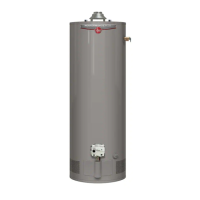





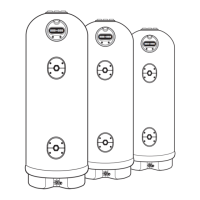
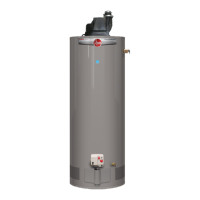
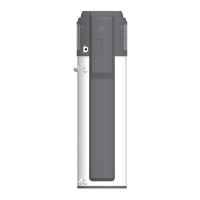
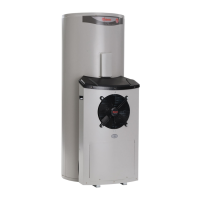

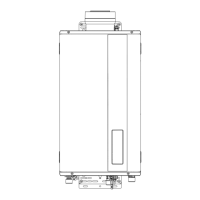
